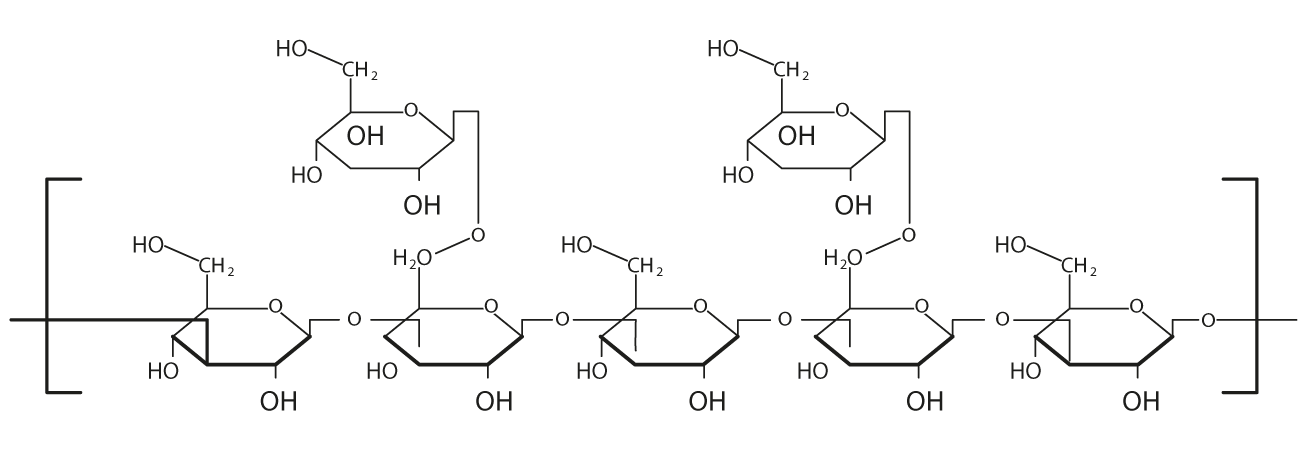History of beta-glucan has its origins in 1940s. However, it was not until the 1960s when the additional tests were conducted at the University of Tulane and the active ingredient of beta-glucan was uncovered. It was originally identified as a supplement which, whilst enhancing the immune system, had no side effects. The exact way in which beta glucan works was discovered at Harvard University by Dr. Joyce Chop in the 80s. She discovered receptor sites for beta-glucan linked by beta (1-3) bonds on the surface of the macrophages. Macrophages constitute the first line of defence of the immune system, playing a vital role in the activation of the entire immune response. Beta-glucan is a natural polysaccharide present in the cell wall of Saccharomyces cerevisiae brewer’s yeast, fungi and certain bacteria.
Depending on the source of beta-glucans, certain properties such as solubility, molecular weight, tertiary structure, degree of branching and immunostimulatory effects vary. It exists in two isomers of 1,3-D / 1,6-D and 1,3-D / 1,4-D. The first type is insoluble in water and is found in baking ingredients, amongst others.The second one (1,3-D / 1,4-D) is water-soluble and is present only in raw natural products such as barley and oat bran. Amongst the cereal plants, the most beta-glucan can be found in oats; their content in the whole grain is about 4-7%. Note, however, that depending on the varieties of oats and agronomic conditions, the content of beta-glucans is varied. It occurs mainly in its outer layer, known as the aleurone layer.

Beta-glucan 1,3/1,4D molecule
